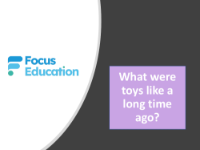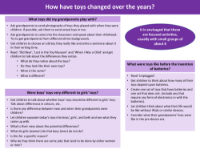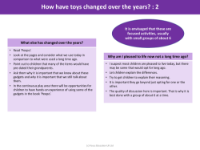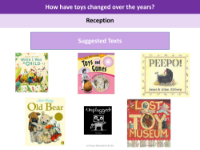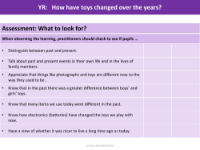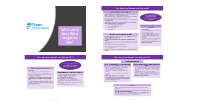How have toys changed over the years? - Continuous Provision
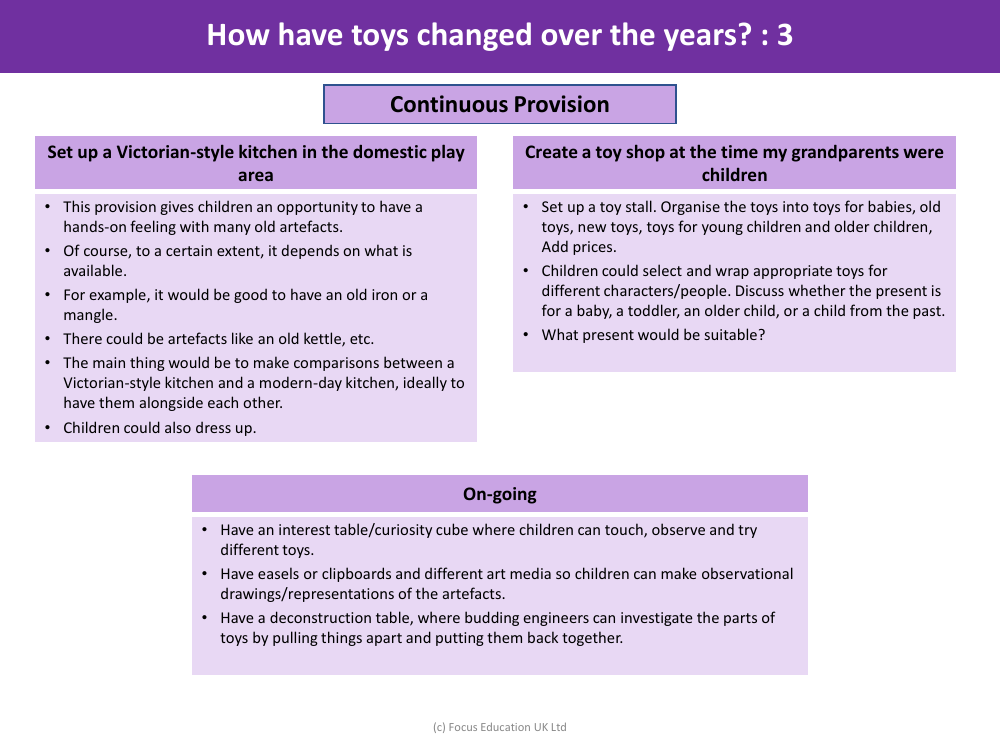
History Resource Description
Exploring the evolution of toys provides children with a unique window into the past and an appreciation for the present. Continuous provision in an educational setting can facilitate this by setting up a Victorian-style kitchen in the domestic play area. This immersive experience allows children to interact with historical artefacts, offering a tactile connection to the past. The availability of items such as an old iron, mangle, or kettle can vary, but any authentic items contribute to the authenticity of the experience. The key educational objective is to encourage children to draw comparisons between the domestic tools and appliances of the Victorian era and those found in a contemporary kitchen. By placing a Victorian-style kitchen setup adjacent to a modern one, children can directly observe the differences and similarities. Enhancing the experience, children may also have the opportunity to dress up in period-appropriate attire, further bridging the gap between past and present.
In addition to exploring domestic history, children can delve into the changes in toys over the generations by creating a toy shop reminiscent of the era when their grandparents were young. A toy stall can be organized with a variety of toys categorized for different age groups and labelled with prices. This hands-on activity allows children to engage in role-play, selecting and wrapping toys for hypothetical recipients of varying ages, including babies, toddlers, older children, and even children from historical periods. Discussions can revolve around the suitability of different toys for each recipient, stimulating critical thinking and empathy. The provision can be enhanced with an interest table or curiosity cube, where children can handle and examine a range of toys. Artistic expression can be encouraged through easels or clipboards, where children can create observational drawings of the toys. For the inquisitive minds, a deconstruction table enables children to dissect and reassemble toys, providing insight into how toys are constructed and the materials used, thus broadening their understanding of the changes in toy design and technology over the years.
